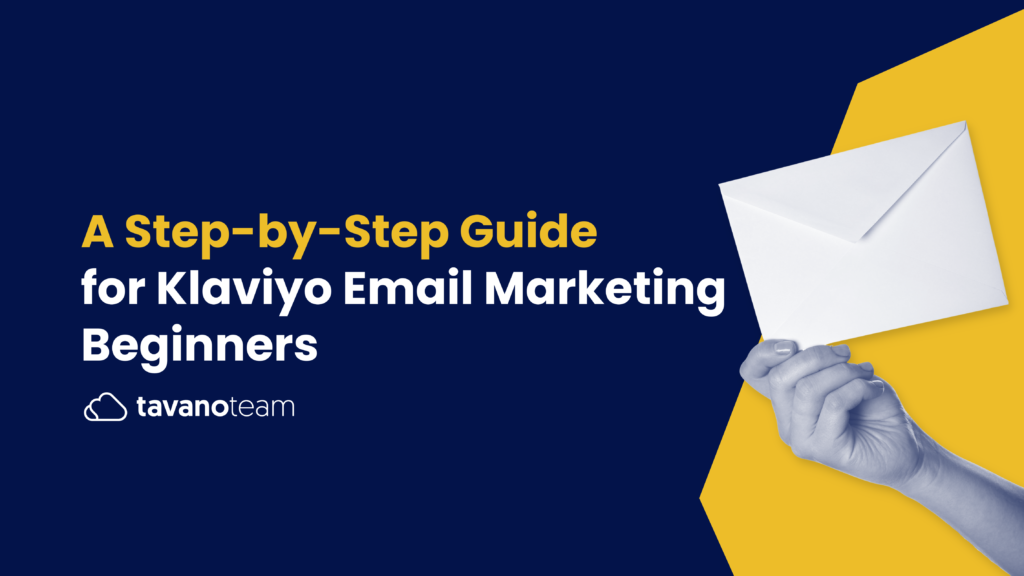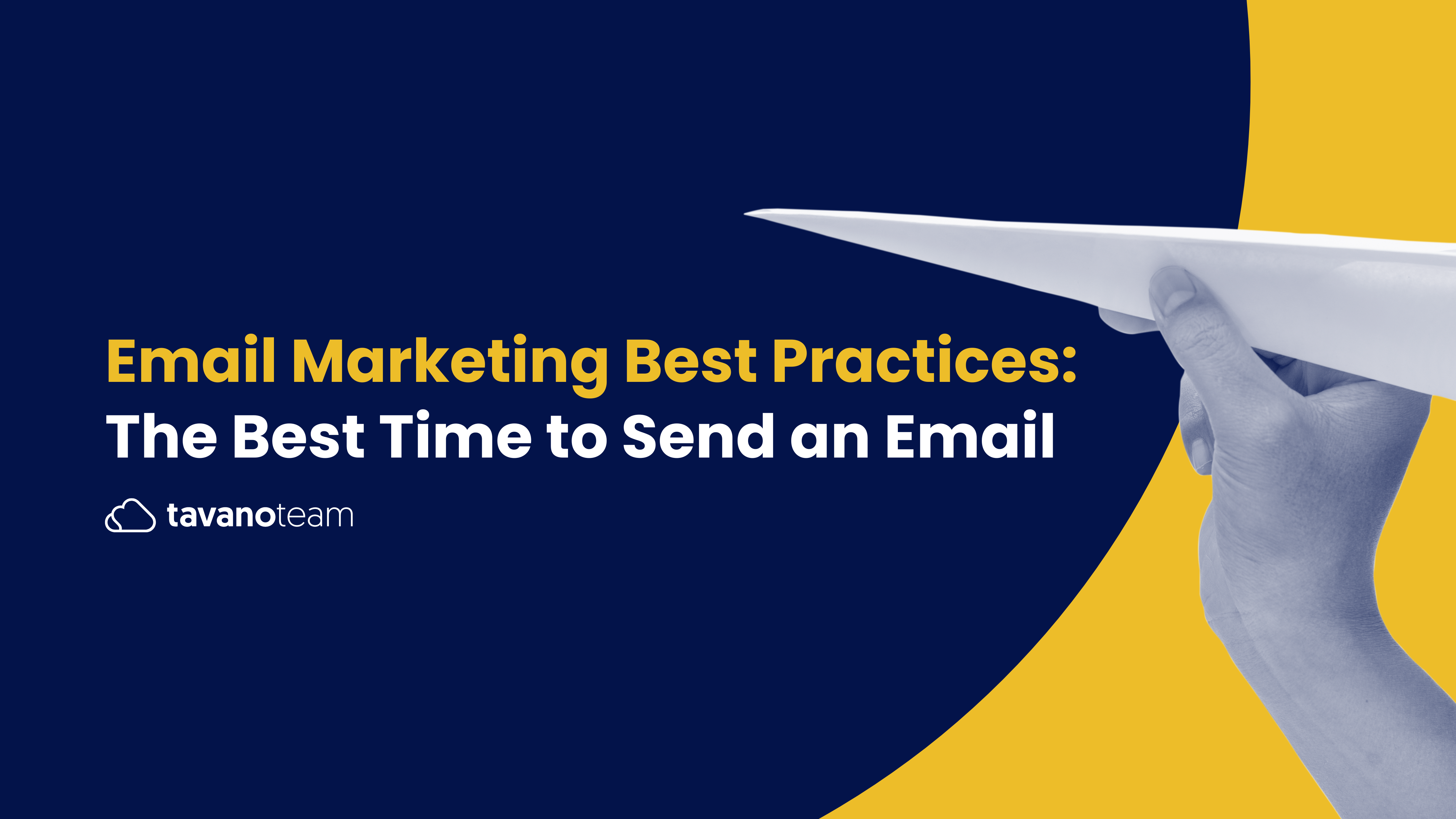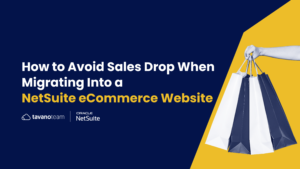As you already know, email is one of the oldest channels marketers have used to connect with their audiences, nurture customer relationships, and drive sales. In NetSuite eCommerce, email marketing is huge, and with a reason.
As VP and Head of Shopify at Klaviyo’s, Jake Cohen said on “The Link”:
“Email is the most reliable way to communicate with your audience directly.”
Klaviyo is a leading email marketing platform created in 2012. It powers over 100,000 businesses nowadays, and it keeps growing at a fast rate. Klaviyo offers a user-friendly interface and advanced features to help businesses create effective email campaigns and keep track of their customer’s journeys.
At Tavano Team, we are platinum partners with Klaviyo. Today we will walk you through the process of getting started with Klaviyo, from account setup to launching your first email campaign. Let’s get started!
Step 1: Create a Klaviyo Account
First things first: visit Klaviyo’s website and sign up for an account. You’ll have to provide your business information. This includes your email address, website URL, and company name. Once that’s done, you will gain access to the Klaviyo dashboard.
Step 2: Integrate Klaviyo With Your eCommerce Ecosystem
Certainly, to fully utilize Klaviyo’s capabilities, it is crucial to integrate it with your eCommerce platform. This will help you centralize all customer data and streamline operations.
Klaviyo offers seamless integrations with popular platforms like Shopify, WooCommerce, Magento, and more. If you want to go a step further and connect it to your NetSuite ERP, you can consult us about our Klaviyo NetSuite integration, which has done wonders for our customers.
Step 3: Build Your Email Lists
Now that your store is connected, it’s time to start building your email lists in Klaviyo. This will be the structure of your email marketing campaigns.
Create segments based on customer attributes such as purchase history, engagement, demographics, or more. The more precise your segmentation is, the more chances you’ll have of capturing your audience’s interest.
You can import existing customer data if you have it already, or you can use Klaviyo’s signup forms and pop-ups to capture new subscribers directly on your website. Get creative to catch their attention! Here are some UX tips for creating engaging website forms.
Step 4: Design and Personalize Your Email Templates
Klaviyo provides a range of customizable email templates to help you create visually appealing and engaging campaigns without having to start from scratch. You can customize the templates with your branding (logo, colors, and fonts) to maintain a consistent brand identity throughout all your marketing channels.
Additionally, Klaviyo’s personalization features allow you to include dynamic personalized content, such as the recipient’s name or recommended products based on their purchase history, to increase engagement and relevancy.
Step 5: Setting Up Automated Workflows
Automation is one of Klaviyo’s standout features. It allows you to set up email workflows triggered by specific events or customer actions, which helps deliver the right messages at the right time and increase conversions.
Some automation examples include the classic abandoned cart emails, welcome messages for new subscribers, or post-purchase follow-ups. Explore Klaviyo’s workflow templates or create your own to streamline multichannel marketing efforts and enhance audience engagement.
Step 6: Test and Launch Your Campaigns
Testing is an essential part of email marketing. Before launching your email campaign, test it thoroughly. Use Klaviyo’s testing and preview options to ensure your emails render correctly across various devices and email clients, to ensure better deliverability and click rates. It is one of the most beneficial Email Marketing Tips.
You can test different subject lines, visuals, copy, and calls to action to optimize your campaign’s performance with A/B testing too, which will ensure that the best-performing email will reach your clients.
Step 7: Analyze and Optimize Campaign Performance
Lastly, after hitting send or schedule, the work isn’t over yet. Leverage Klaviyo’s amazing analytics and reporting features to gain insights into your campaign’s performance.
Monitor key metrics like open rates, click-through rates, and conversions, and analyze the data to identify trends, understand customer preferences, and improve future campaigns. Data-driven decisions are essential to optimize your email marketing strategies and achieve better results over time. Don’t be scared of failure; it is a part of the process. Just make sure you pay attention to what works and what doesn’t!
To sum up, we ensure that by following these steps, you’ll get started on the right foot with Klaviyo. Just remember that email marketing is an ongoing process, and as long as you continue to refine your strategies, test new ideas, and study your analytics, results will keep getting better.
Contact our NetSuite email marketing experts to start building the perfect Klaviyo email marketing campaigns for your business, and don’t hesitate to ask about our Klaviyo NetSuite integration while you’re at it.




